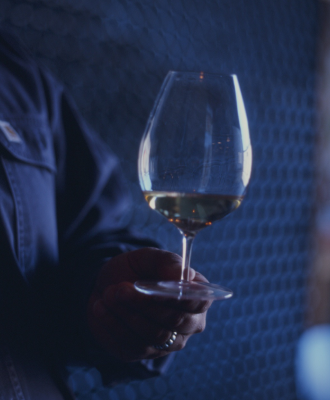Introduce yourself and what you do
My name is Lindsey Ross, I’m a photographer, and I specialize in historical photographic processes. I specialize in wet plate collodion process, which is a late 19th century process involving usually shooting on large format cameras, having a dark room on site, making the emulsion on a piece of glass and taking the picture and developing it on site also. So whichever size the final piece you want is you have to have a camera that shoots that size, and so another one of my special areas of expertise is shooting ultra large format pieces. So I have a camera that shoots up to 32x24 inches and produces plates that are that size.
My studio is here in the Funk Zone of Santa Barbara, and I’ve lived in Santa Barbara for 15 years. I’ve been in my studio for 12. So my work kind of ranges in subject matter. The bread and butter of my business is shooting a lot of portraiture and commissioned landscapes. I exhibit with a couple of different galleries, primarily Thomas Van Dyke Gallery in Brooklyn and Nematic and Daisy Rose Galleries in Carmel.
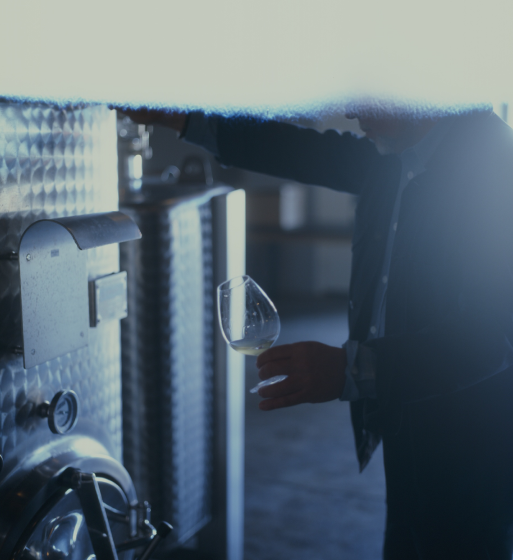
Images captured by Lindsey Ross
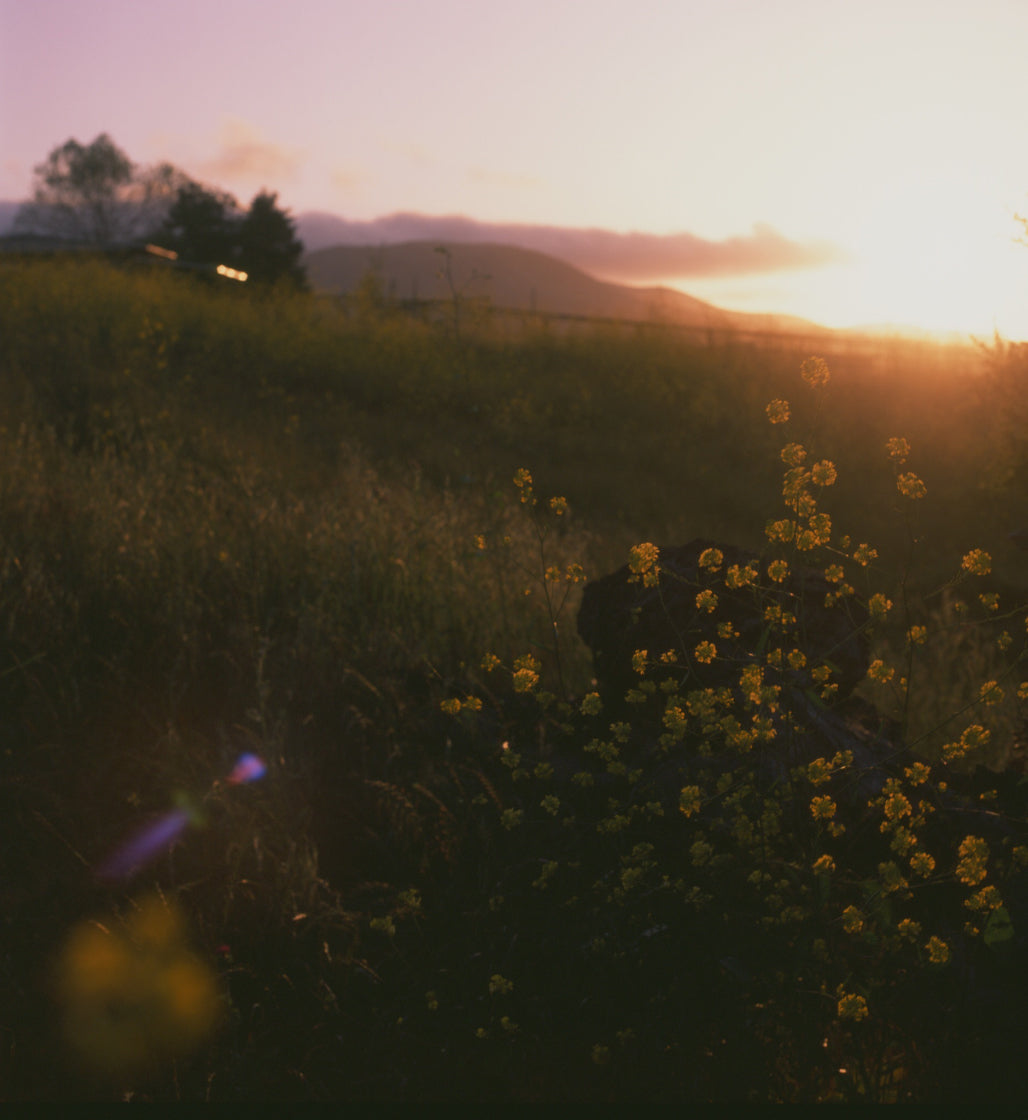
Images captured by Lindsey Ross
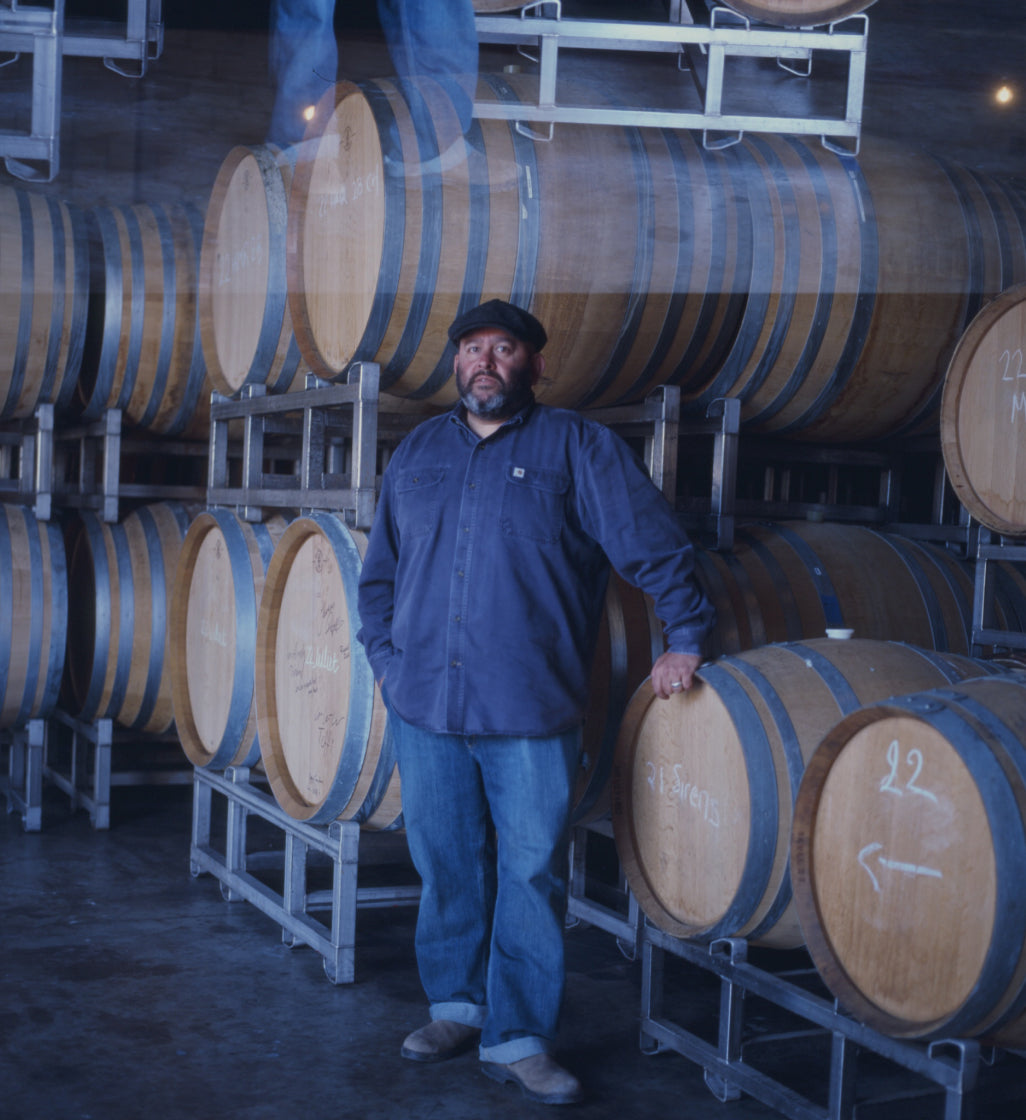
Images captured by Lindsey Ross
In conversation with Lindsey Ross
LINDSEY ROSS a California-based artist whose practice focuses on documenting the American West with large format photography. She shot the latest photos for Sandhi, and sat down with us after to talk about her process.
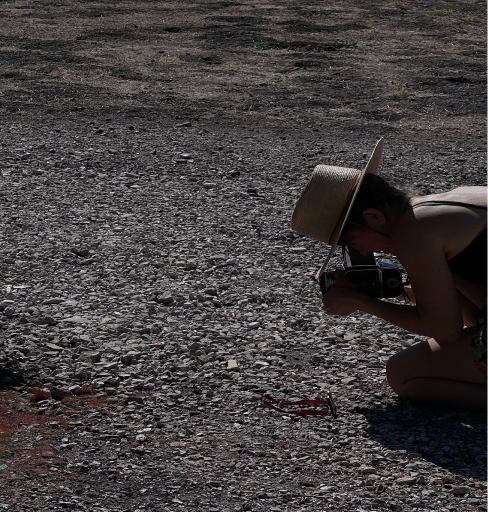
ROSS SHOOTING FOR SANDHI. STA. RITA HILLS, 2023
How do you choose the best location when you're photographing landscape?
It depends on what the final output is for the landscape. If I’m left to my own devices, I typically look for a landscape that is kind of medium range, not really up close, but not really far back. I love layers, and so I’m looking for different textures of whether it’s trees, and usually there’s some aspect of leading lines into a place that you can’t totally see. So, kind of these portals or vortexes of landscapes where it’s drawing you in and just kind of austere.
I mean, they’re always representational in that you’re aware that you’re looking at a canyon, or usually canyons, actually. I really like narrow and steep and dramatic mid range landscapes. I think a lot of the landscapes
I’m photographing–I don’t want them to be identifiable. It depends, again, on the output. I want them to be this kind of mythic place that anyone can see themselves in, that anyone can kind of visualize a narrative around and open for interpretation.
The Jalama Canyon Ranch plate is special because it’s always for the output of a wine label. So because it’s going from 30 to 24 inches, which typically I’ll shoot landscapes in a certain way with that, where there’s a lot of detail from front to back as a wine label that can appear flat.
So for that collaboration between Sandhi and White Buffalo Land Trust I’m typically looking for a really graphic landscape, something that has a lot of contrast and layers and or one really strong shape. And that was something
I learned working on the label last year–that when you go from shooting things of a large size in a certain way [down] to this size, I adjusted my subject matter and composition for this year’s label to translate to this size.
What did you think of Jamala Canyon Ranch when you first went to photograph it?
I was awestruck by the ranch when I first went. It is kind of this magical other world. It’s this combination of being completely wild and also being an agricultural property where the agricultural aspect of the property is really well synthesized and complements the wild native aspect of the property.
In terms of a photographer and kind of what I look for, I really love there being many layers and depth to an image, lots of textures, and I think purely from an aesthetic point of view, I was drawn to it. I love nature, so I love just the entire concept of the property and kind of what they are creating and doing there in terms of sustainable agriculture and conservation. I was visually awestruck and also impressed with the operation and the breadth of types of work they’re doing and promoting and educating on.
What’s it like featuring your work on a wine label?
It was an interesting study for me because I’ve never done a wine label before. I’ve always wanted to do a wine label with Sashi and Raj for Sandhi or for any of their labels. I was really excited about that. And I’ve never shot big pieces that I’ve shrunk to a small output. I haven’t ever actually shrunken landscapes. If the size changes, they get enlarged. So it was a good lesson to learn on the first try. I really love how the label looks this year. I also found out that when you shrink it, you lose a lot of the artifacts of the process.
That’s what I think is cool to be able to see in the process I work in. It’s handmade. There are artifacts, there are aberrations that give the image character. And so I intentionally tried to make the image overtly imperfect and dramatically imperfect to the point where even if it was a small wine label, you can still see that it has the artifacts of wet plate. I intentionally made it really imperfect, almost to the point of abstraction.
How do you choose the best location when you're photographing landscape?

